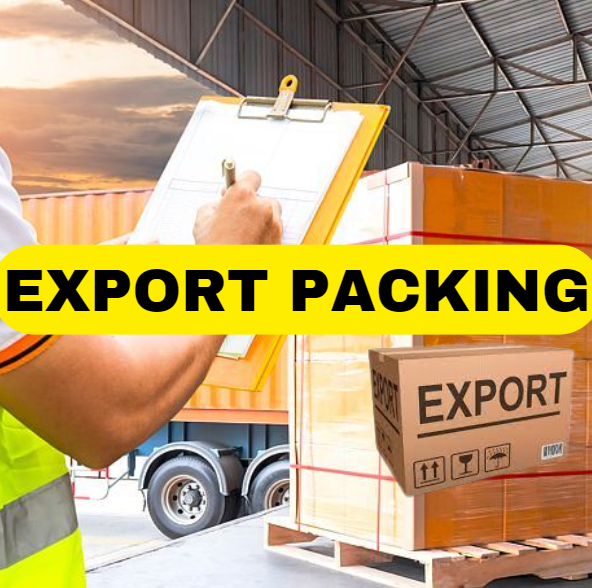Protection: Export packaging should provide adequate protection to the goods during transit, including protection from moisture, shock, vibration, and temperature variations. This may involve using cushioning materials, moisture-resistant barriers, and shock-absorbing techniques.
Durability: Packaging materials should be durable and able to withstand the handling and storage conditions encountered during international shipping, which can sometimes be harsh.
Compliance: Packaging must meet the specific requirements of the destination country, as well as any international regulations, such as those set by the International Maritime Organization (IMO) or the International Air Transport Association (IATA).
Labeling and Marking: Proper labeling and marking of packages are essential for international shipments. This includes indicating the contents, handling instructions, destination information, and any hazardous materials warnings.
Customs Documentation: Export packing may involve including the necessary customs documentation, such as invoices, certificates of origin, and other shipping paperwork, within or on the packaging.
Standardization: Using standardized packaging materials and methods can help streamline the export process and reduce costs. Many countries have standardized packaging requirements.
Environmental Considerations: Export packaging should take environmental concerns into account. Using eco-friendly materials and minimizing waste can be both cost-effective and environmentally responsible.
Efficiency: Efficient packaging practices can help reduce shipping costs and maximize the use of cargo space on ships, airplanes, or trucks.
Testing and Quality Control: Before shipping, it’s often a good practice to test the packaging to ensure it can withstand the expected stresses and that the products inside are secure. Quality control measures are crucial to maintaining packaging standards.
Palletization: For bulk shipments, using pallets and proper stacking techniques can make loading and unloading more efficient and protect goods from damage.
Export packing requirements can vary depending on the nature of the goods, the mode of transportation, and the destination country’s regulations. It’s essential for exporters to be aware of these factors and to work with experienced logistics professionals or packaging experts to ensure that their products are packed appropriately for international shipping. Failure to do so can lead to damaged goods, delays, and costly customs issues.



